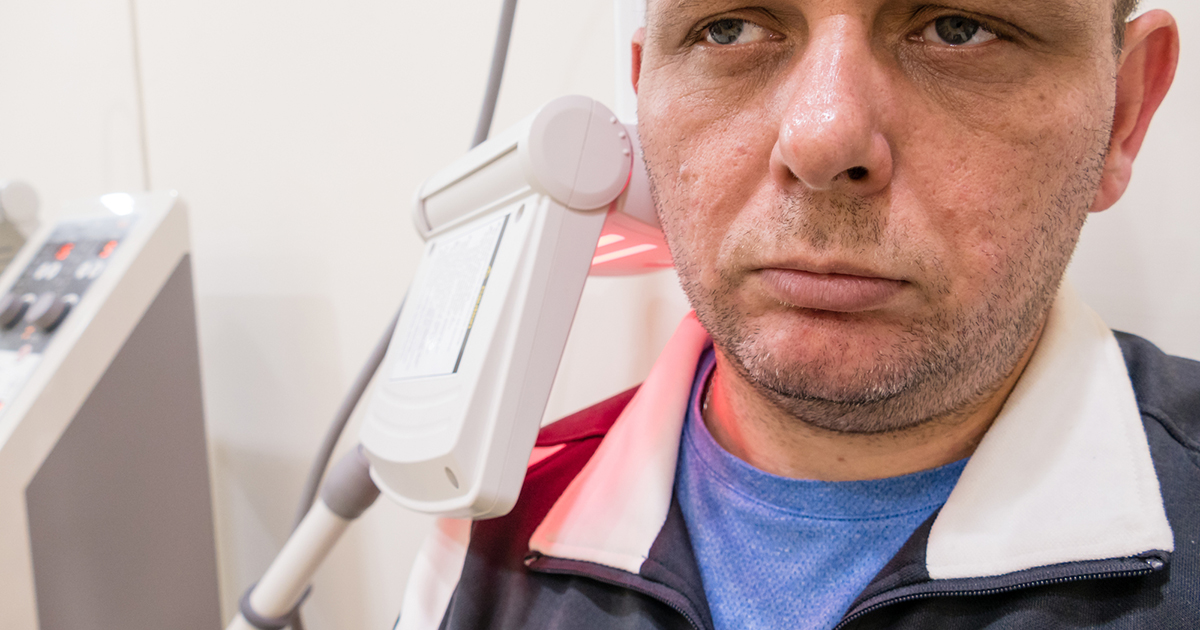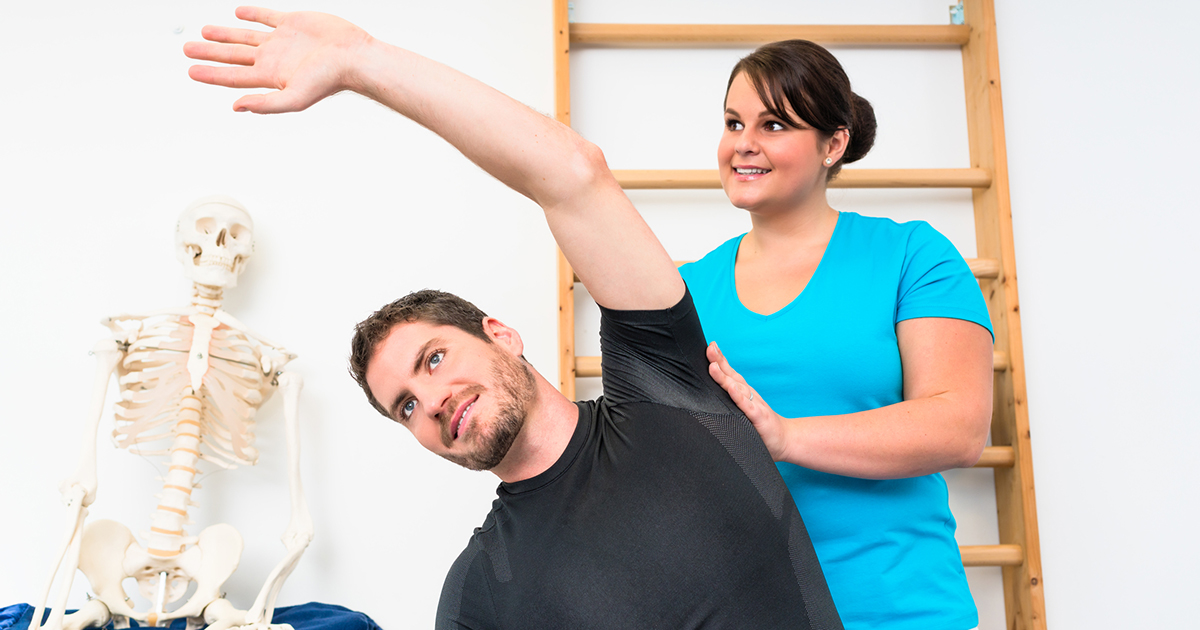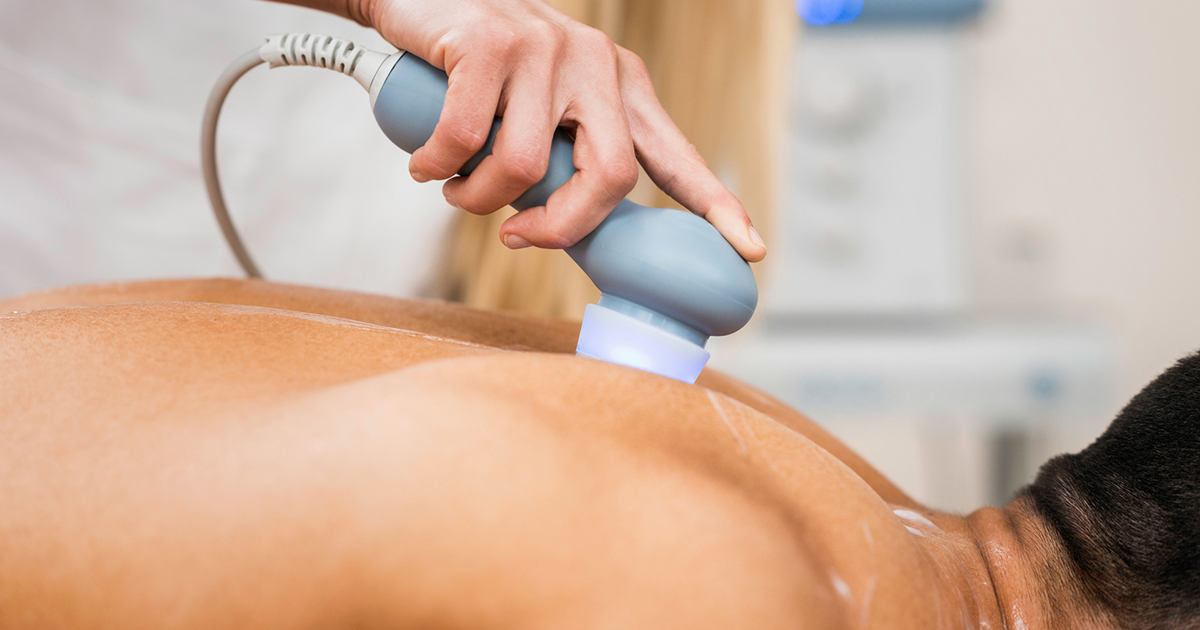Methods Of Treating Myofascial Pain Syndrome
Myofascial pain syndrome is a chronic condition that often develops if the patient has a job or hobby requiring repetitive movements like typing. It can also be caused by stress that makes muscles abnormally tense or by an injury, especially an injury that leads to immobilization, like a broken bone being in a splint or sling. The condition affects both the muscles and the fascia, which is the connective tissue overlying the muscles. Myofascial pain syndrome can affect a single muscle or group of muscles. Myofascial pain syndrome symptoms include a deep ache that persists or worsens, difficulty sleeping due to pain, and a tender knot in a muscle called a trigger point. If such pain does not go away after attempts at safe-care like rest, it’s time to see a doctor.
Get to know the different methods of treating myofascial pain syndrome now.
Massage

The physical therapist may use massage to relax tight muscles and relieve pain. There are many types of massage, and some are particularly helpful for easing pain caused by myofascial pain syndrome. In trigger point therapy, the therapist targets the actual trigger points. They will start by gently massaging the entire body seeking the tight or tense areas that indicate trigger points.
In some cases, the trigger points themselves won’t hurt, but they will cause pain in another part of the body, which is a phenomenon sometimes called 'referred pain.' After locating the trigger points, the therapist repeatedly puts pressure on them until they relax. Myofascial release is a similar technique. The patient can practice a variation of the techniques on their own by using rigid foam rollers on their limbs or back.
Continue to learn about the next method of treating myofascial pain syndrome.
Heat Treatment

Heat treatment, also known as therapeutic heating or thermotherapy, can also loosen muscles and relieve pain caused by myofascial pain syndrome. In fact, therapeutic heating is an effective treatment for many types of muscle pain, including trigger points. Heat feels reassuring and comforting, so its effects are partly psychological. It also penetrates beneath the skin’s surface and thus stimulates blood flow and other healthful reactions. Heat treatments can be local or systemic. An example of a local treatment would be the therapist placing a heat pack, hot water bottle, or something similar on the sore spot. A systemic treatment affects the entire body, and in systemic treatment, the therapist tries to raise the patient’s temperature with a steam bath or hot shower.
It's time to get to know the next method of treating myofascial pain syndrome.
Posture Training

In 2014, the science journal Annals of Rehabilitation Medicine described a study that linked habitual poor posture to myofascial pain syndrome. Korean researchers worked with volunteers who had myofascial pain syndrome in or near their necks. They excluded volunteers with known health problems like congenital disabilities, history of surgery or injury, and arthritis. The remaining volunteers were healthy individuals who had developed the bad habit of thrusting their head forward while working on a computer. The researchers recommended exercises to improve their posture.
Posture training exercises are particularly helpful if the pain is in the neck. The therapist will teach the patient exercises to strengthen and relax the affected muscles. Many of the exercises are based on pilates and yoga, and the patient will often maintain a pose for a given time to get the most benefits.
Learn more about treating myofascial pain syndrome by reading more now.
Stretching

The physical therapist may teach the patient stretching exercises to reduce pain. In the spray and stretch technique, the therapist sprays a cool substance that temporarily numbs the affected muscle and allows the therapist or patient to stretch it and break down the trigger point. Dr. Janet Travell, President Kennedy’s personal physician, both developed the technique and coined the term 'trigger point.'
Spray and stretch works best if done in a warm room, as heat helps relaxes muscles. Similarly, the therapist should cover the places not being treated with a blanket. Spray and stretch works particularly well on large muscle groups with multiple trigger points. While the patient lies down, the therapist gently massages their body seeking the tight places that indicate trigger points. They then make two or three passes with the spray over the area containing the trigger points. After waiting a few seconds, they then gently stretch the affected muscle to its full extent.
Continue reading to learn more information about how to treat myofascial pain syndrome effectively.
Ultrasound

In ultrasound treatments, sound waves relieve pain by warming the affected tissues and stimulating blood flow. Therapeutic ultrasound can be used to treat muscles, ligaments, tendons, and joints. The sound waves penetrate deep beneath the skin to warm the soft tissues underneath. They thus promote healing and reduce pain.
A physical therapist can use sound waves to warm and loosen tight muscles or tendons. They may provide treatment before stretching the patient’s muscles to increase the extensibility of those muscles. Similarly, administering soundwaves before exercise can improve a patient’s range of motion. The therapist will use a machine with a transducer that emits sound waves and will apply a gel to help the transducer run smoothly over the skin. They will then move the transducer in a circular motion and can change the settings to ensure the patient gets the most beneficial number of soundwaves. Soundwave treatments are painless, and the patient usually feels only a slight tingling or warming.
